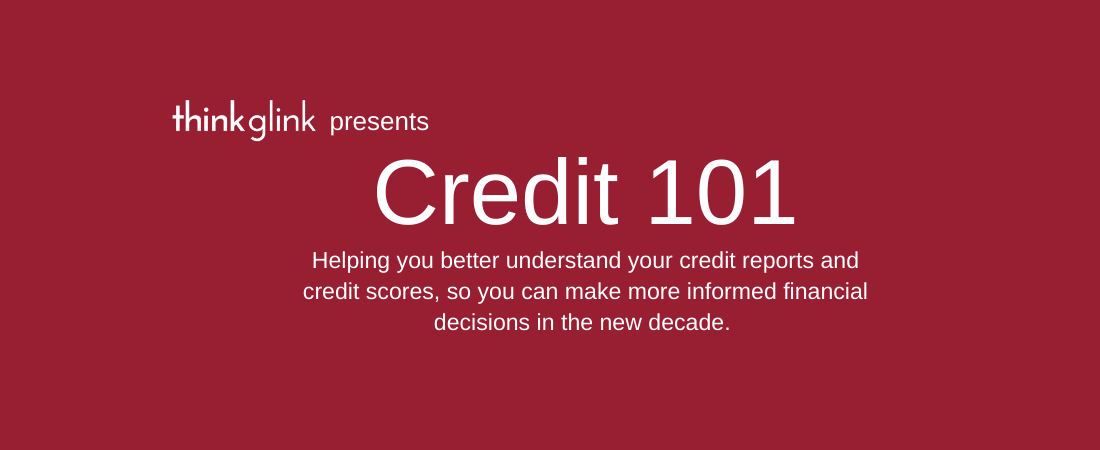
One of the most common credit misconceptions is that every individual has a single, unique credit score. However, if you’ve been following past articles in our Credit 101 series, you already know that isn’t the case. What’s the purpose of multiple, different credit scores? And why do credit scores often vary from one source to the next?
This part of our Credit 101 Series, sponsored by Equifax, is all about understanding why credit scores may differ and why different consumer reporting agencies (and other companies) may score your credit behavior differently. Keep reading to learn more about where these multiple credit scores come from and how they may come into play when you apply for credit accounts.
Why Do You Have More Than One Credit Score?
As we explored in our previous article, Credit 101: How are Credit Scores Calculated? Credit scores are 3-digit numbers, generally ranging from 300 to 850, that reflect your past history of handling credit accounts and debt, as reported by your lenders and creditors. Credit scores are calculated using information from your credit reports that reflects your past credit behaviors such as your payment history on credit accounts you own, your credit utilization ratio, the length of your credit history and history of negative financial events such as collections or bankruptcy.
Credit scores are designed to represent your credit risk, or the likelihood you will pay your bills on time. Lenders and creditors (such as banks, credit card companies, car dealerships, etc.) use them as part of their decision-making process when deciding whether or not to extend credit to you.
The three nationwide consumer reporting agencies, Equifax, Experian and TransUnion, as well as other credit scoring companies such as FICO and VantageScore, each have their own methods for calculating credit scores. These companies may also develop industry-specific credit scoring models for lenders and creditors based on the type of credit product they are providing, such as a mortgage versus an auto loan. Credit scores can, therefore, vary based on the information and method used to calculate them.
For example, the three nationwide consumer reporting agencies generally have similar, but varied, formulas to calculate credit scores. Credit scores generally take all of the same parts of your borrowing history into account, but some models might put more emphasis on your payment history, whereas others may emphasize the total amount you owe or the overall length of your credit history.
In addition to each company having its own scoring models, credit scores provided by the three nationwide consumer reporting agencies may also vary because not all lenders and creditors report information to all three. While many do, others may report to two, one or none at all. As a result, your various credit scores may reflect differences in the elements of your credit history reported to each company.
Further, some credit scores may be geared toward a specific purpose. For example, two of the major models used in credit scoring, FICO and VantageScore, have versions tailored to specific types of credit accounts, such as personal loans or mortgages. Where a more generic credit score may simply estimate your overall level of risk, lenders may use more targeted scores to help predict specific outcomes, such as your likelihood to pay back an auto loan in particular or your likelihood to pay a loan without going 90 plus days past due. These formulas for very specific circumstances are one of the reasons that you have more than one credit score.
Finally, there are also some credit scores provided to consumers only, which are not used by lenders and creditors. Since credit scores vary based on provider, industry and product, these consumer-only credit scores (sometimes referred to as educational credit scores) are intended to give consumers a general understanding of their credit position and help them understand how their financial behaviors may impact credit scores.
What Are FICO and VantageScores?
When it comes to credit scoring, two of the best-known companies are Fair Isaac Corporation (known as FICO) and VantageScore.
Fair Isaac Corporation is a leading analytics company focused on measuring consumer credit risk. VantageScore is the result of a collaboration between the three nationwide credit reporting agencies to provide greater score accuracy and consistency.
In addition to using models from Equifax, Experian and TransUnion, lenders and creditors may use credit scoring models from FICO or VantageScore to calculate a consumer’s credit score. Both FICO and VantageScore calculate credit scores in similar, but not identical ways:
FICO scores generally consider the five categories of information from your credit report(s) with varying weights given to each category:
- Payment history (35%)
- Amounts owed (30%)
- The length of your credit history (15%)
- New credit accounts (10%)
- Mix of credit used (10%)
VantageScore credit score models generally use similar categories but rank them by level of influence rather than by a percentage weight:
- Payment history (extremely influential)
- Credit utilization (highly influential)
- The length of your credit history and your credit mix (highly influential)
- Amounts owed (moderately influential)
- Recent credit behavior (less influential)
- Available credit (less influential)
The credit scoring models have been updated several times over the years, meaning a lender might use the newest version of these models or one of the many older versions, all leading to differences in the resulting credit scores.
How Can You Check Credit Scores?
Generally, it’s a good idea to check your credit reports to ensure the information in them is accurate and complete. It can also be a good idea to check credit scores throughout the year to understand your general credit position, especially if you intend to apply for credit.
You are entitled to receive one free credit report per nationwide consumer reporting agency, per year, from annualcreditreport.com. Consumers are also entitled to receive six free credit reports per year form Equifax, which they can access by creating a myEquifax account. You can purchase educational credit scores directly from each of the nationwide consumer reporting agencies or from FICO. VantageScore.com provides a list of places where you can get a free VantageScore.
Through Equifax Core Credit™, you can get a free monthly Equifax credit report and a free monthly VantageScore 3.0 credit score, based on Equifax data (a VantageScore is one of many types of credit scores). To enroll, visit www.myEquifax.com to create a myEquifax account, then click “Get my free credit score” to enroll in Core Credit.
This article is part of our Credit 101 series, where we break down information about credit reports and credit scores. Read more of the series here:
Credit 101: What’s in Your Credit Reports?
Credit 101: How are Credit Scores Calculated?







Leave A Comment